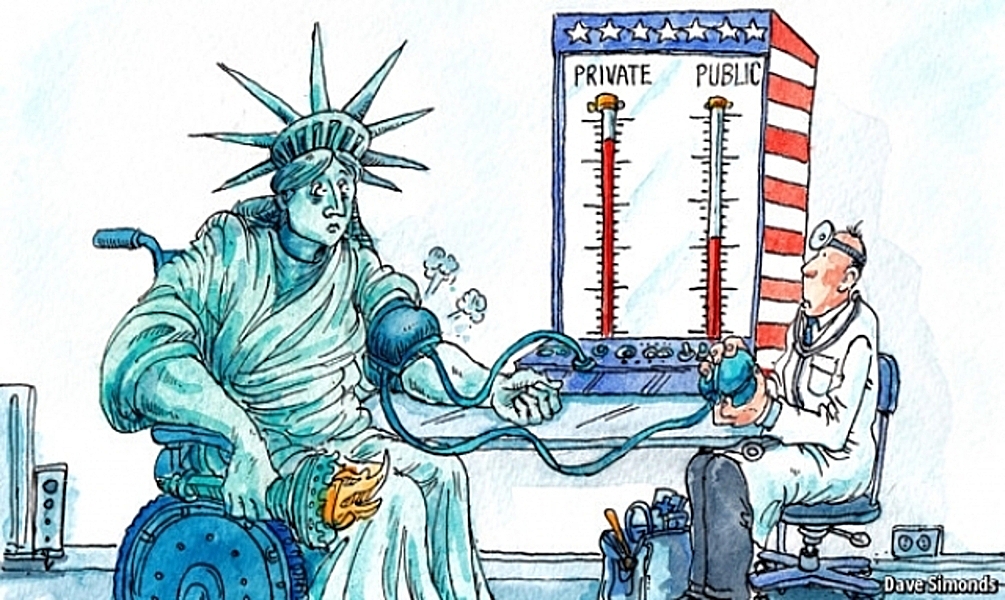
This week a familiar face with a familiar message entered the 2020 presidential fray. The familiar face was Bernie Sanders and his familiar message is Medicare for all, according to Sanders it’s the miracle cure for all that ells America’s healthcare system. Considering the totality of what America’s healthcare system provides to America and the rest of the world, the real 2020 question is, is it better for America to repair the Affordable Care Act aka Obamacare or convert to a Medicare for all healthcare regimen???

While the end goal of both Obamacare and Medicare for all is guaranteed healthcare for 100% of American citizens is the same, the formula to reach the end goal that they both use is different. Medicare for all extends the current 54-year-old Medicare program that provides health insurance for Americans 65 and older, and for a few other groups of people with particular diseases or disabilities to all Americans regardless of age.
Medicare for all would also change the structure of the current Medicare program covering more services and eliminating deductibles and co-payments. So the Medicare for all that everyone would be getting would differ in crucial ways from the Medicare older people get now. The first casualty of Medicare for all would be health insurance companies because unlike Obamacare which relies on the private insurance market to provide healthcare, their services would no longer be required since everyone would be part of one big insurance plan run by the American government.
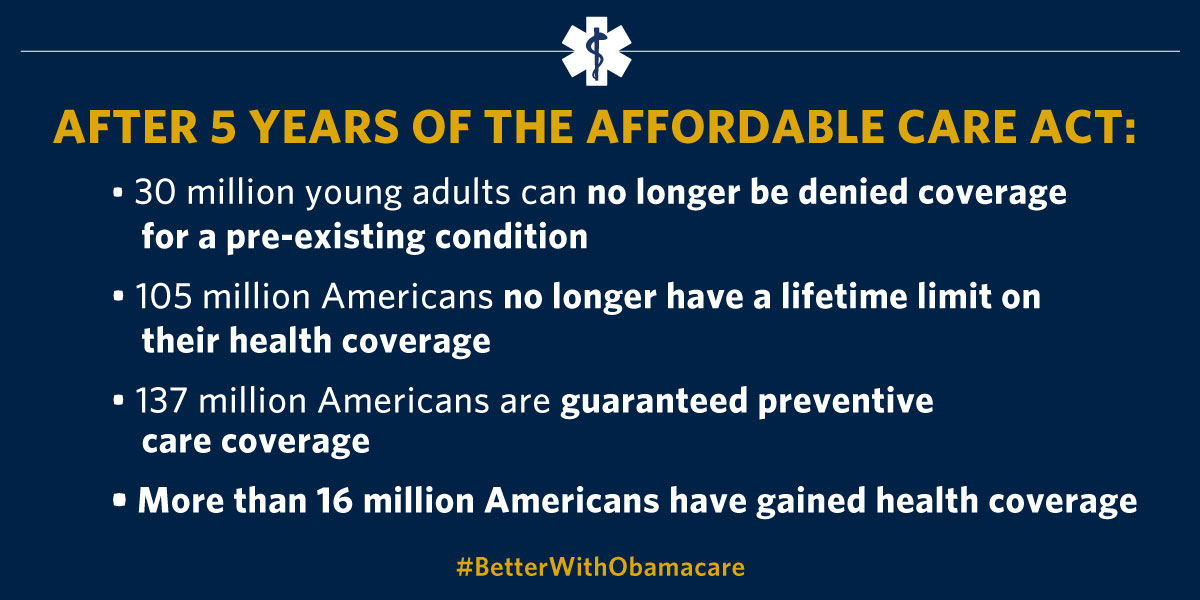
The one big insurance plan means besides the wealthy few, the federal government is the only cash paying consumer in the healthcare market. This ironically creates a strong version of the weak Independent Payment Advisory Board (IPAB), the universally unpopular cost control mechanism of Obamacare, referred to by some as a “death panel,” that never took effect. The one big monopoly Medicare for all insurance plan puts the federal government in the position not to merely have an advisory board make recommendations, but to actually dictate prices to hospitals, doctors and drug companies.
Medicare for all has to give the federal government this dictatorial power because of the structural change Medicare for all makes to the Medicare program. Currently, the total amount that Medicare spends increases depending on how many people enroll, and how many medical services they use. There is no real cap on how much money Medicare can spend, under Medicare for all that would change. Medicare for all would be run with an annual budget, leaving government officials to decide how to make the country’s medical spending conform to budgeted totals and not to medical treatment use every year.
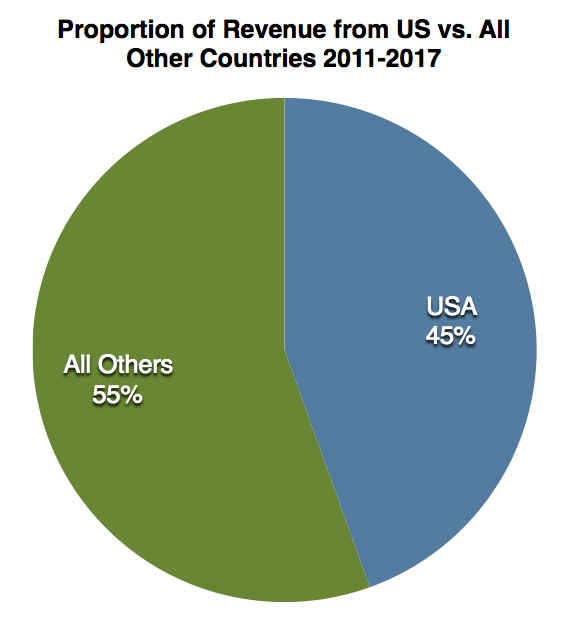
From 2011 -2017 America with 5% of the world’s population purchased 45% of all pharmaceutical drugs sold in the world
Government officials feeling the yearly pressure to stay within budget. Will use the government’s monopoly customer power to dictate government fixed-rate prices that are so low that they kill innovation profit margin incentives. Right now America is the leader of global medical innovation. It has more clinical trials than any other country, it has the most Nobel laureates in physiology or medicine, and it has won more patents leading to more new drug discoveries than any other country. In other words, more new medical breakthroughs and discoveries happen in America than any other place in the world.
This is possible because of America’s first-class research university system, its robust intellectual property laws, and significant public and private investment in research and development. The question of how Medicare for all will affect private investment in research and development is the one question that has yet to be answered. Since Medicare for all will use its monopoly buying power to severely cut prices and therefore profit margins for healthcare providers, the profit incentive for private investment to innovate will be removed. Unfortunately at the core of all of America’s past medical breakthroughs are not selfless individuals willing to sacrifice everything for the good of humanity, to the contrary at the core are individuals who are willing to sacrifice everything for money profits.

There is no way the world’s largest pharmaceutical companies could spend this much on research and development if America had a Medicare for all fixed-price healthcare system that prevented market-driven pricing of medical drugs
“The relationship between profits and innovation is clearest in the biopharmaceutical and medical device sectors,” said Craig Garthwaite, a health economist with Northwestern University’s Kellogg School of Management. “In these sectors, firms are able to patent innovations, and we have a good sense of how additional research funds lead to new products.” High brand-name drug prices fuel an expectation that large biopharmaceutical research and development investments will pay off. A significant drop in those drug prices would mean those investments would not be made leading to no innovation.
Several economists have shown a link between a robust for-profit medical market and innovation. Daron Acemoglu and Joshua Linn found that as the potential market for a type of drug grows, so do the number of new drugs entering that market. Amy Finkelstein showed that policies that made the market for vaccines more favorable in the late 1980s encouraged 2.5 times more new vaccine clinical trials per year for each affected disease. And Meg Blume-Kohout and Neeraj Sood found that Medicare’s introduction of a drug benefit in 2006 was associated with increases in preclinical testing and clinical trials for drug classes most likely affected by the policy.

Unlike Obamacare Medicare for all would eliminate over 50% of the funds that are now used for medical research, development and innovation, Obamacare encourages and rewards medical research, development and innovation Medicare for all does not
Profit-driven healthcare innovation has direct benefits for health, well-being, and longevity. A study led by a Harvard economist, David Cutler, showed that life expectancy grew by almost seven years in the second half of the 20th century at a cost of only about $20,000 per year of life gained. The vast majority of gains were because of innovations in the care for high-risk, premature infants and for cardiovascular disease. Although some new medical innovations are expensive others can be cost-reducing. For instance, in the mid-1970s, new dialysis equipment halved treatment time, tremendously cutting labor costs which cut the overall cost for administering the dialysis treatment.
This is the one major difference between Obamacare and Medicare for all, Obamacare allows healthcare providers to make a market-driven profit Medicare for all does not. Without the profits to the private sector research, development, and medical innovation (R&D) will be left solely to the National Institutes of Health (NIH), America’s primary agency responsible for biomedical and public health research. With its annual $39 billion investment in medical research, it is the world’s foremost medical research entity, but the $39 billion is less than 25% of the total $171.8 billion spent in 2016 on American medical R&D. The remaining $132.8 billion came from the private sector with expectations of a healthy return on its investment from an Obamacare profit-driven market, not a Medicare for all government fixed-price market.

This Digital Tablet scanning an X-ray of a patient’s hand, is an example of the modern technology in medicine and healthcare made possible by profits made in the American healthcare market
Of $171.8 billion spent in 2016 bio-pharmaceutical companies accounted for 52.3%, universities 5%, private foundations 1.5%, independent research institutes 1.5%, state and local governments 1%, independent hospitals 0.8%, and health associations and professional societies 0.8%. Without private sector investment spending on American medical R&D even with NIH’s $39 billion would be limited to about $50 billion a year.
Since every other country in the world besides America, have healthcare markets with Medicare for all like cost controls that prevent the profit margins that America’s market-driven Obamacare incentivizes, means Americans pay higher prices for prescription drugs. But if Americans don’t pay the higher price for the drugs, what other countries will pay the higher cost to generate the necessary profit incentive to spur medical innovations. Who will pay to continue research into Parkinson’s, Alzheimer’s, Cancer and all the other ills burdening humankind?
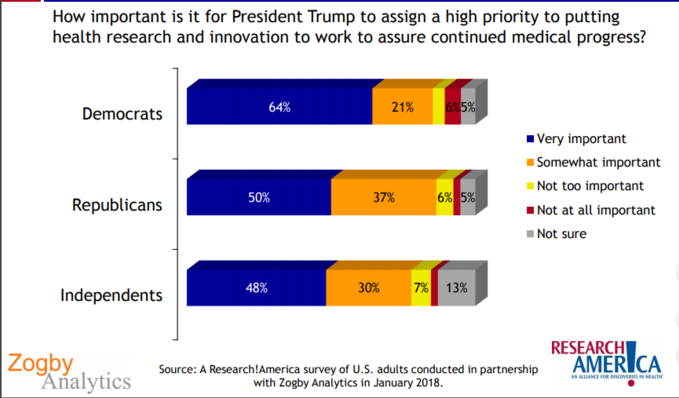
Paying that higher cost is why America has the best healthcare system in the world for HEALING people, now America just needs to figure out how to stop having the worst healthcare system in the world for providing ACCESS to the world’s best healthcare.
Medicare for all solves all of America’s healthcare challenges except one, the second most important one medical innovation. Access to medical treatment works hand in hand with research and development of new treatments and new cures to administer.
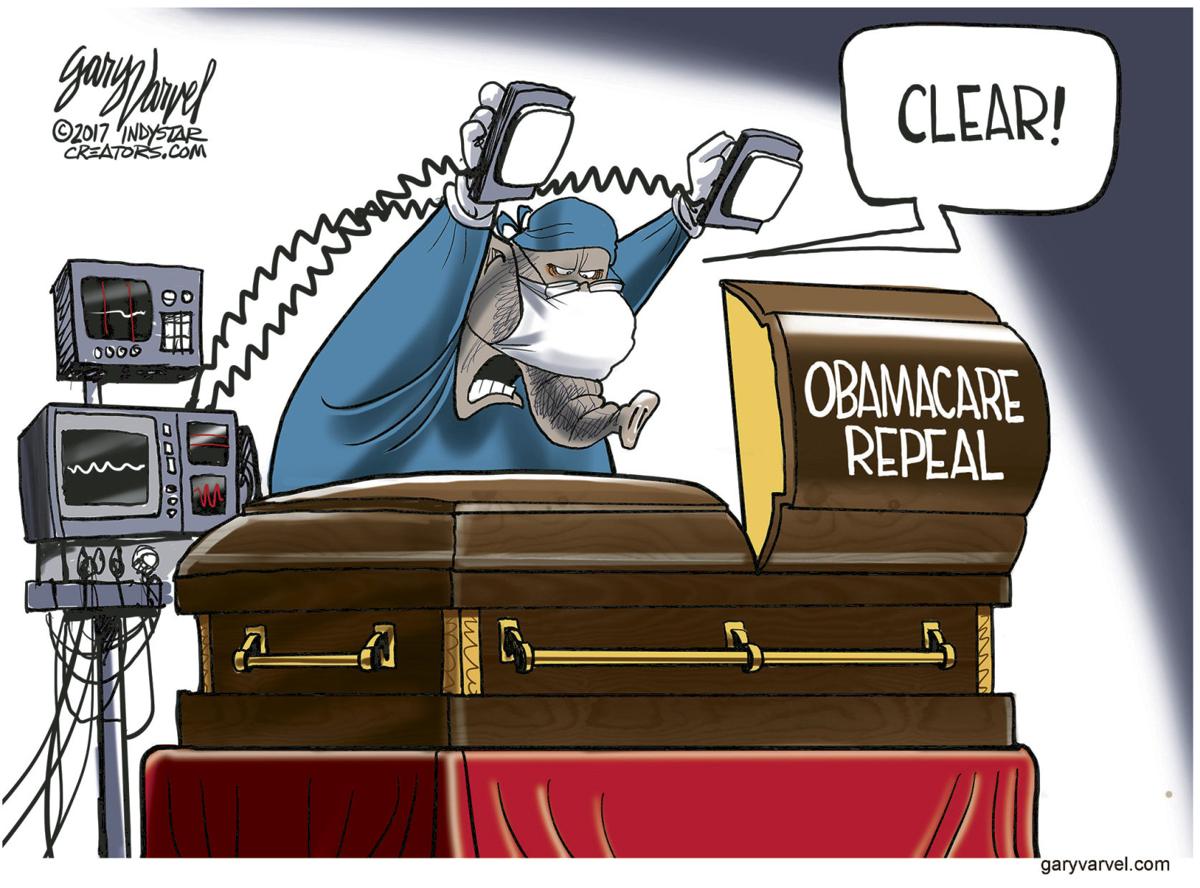
The best thing to happen to American healthcare would be for Obamacare to be repaired
Obamacare is the middle ground between a completely private healthcare system and a complete government-run Medicare for all healthcare system. It provides enough government regulation and oversight to assure access to quality healthcare, but not too much to prevent private sector investment into medical research, development, and innovation. Until a new way to incentivize private investment into medical research, development, and innovation is found. Medicare for all is a great goal to strive for but an impractical solution to apply to present-day American healthcare.



